Why Aussies can still take their hats off to Akubra
Akubra is marking half a century of Australian craftsmanship at its home in country NSW, a remarkable achievement in an era of fast fashion. But it hasn’t always been easy.
Fashion
Don't miss out on the headlines from Fashion. Followed categories will be added to My News.
It’s the iconic hat that is loved the world over and signifies “Australia”.
As Akubra marks 50 years of Australian craftsmanship at its home in the NSW town of Kempsey, the much-loved brand is also being hailed for a remarkable achievement in this era of fast fashion and cheap imports.
The all-Australian product is still being lovingly produced on home soil, unlike other brands that have been forced to move manufacturing offshore or have gone bust due to growing competition from China.
Incredibly, in these uncertain times, Akubra – which was acquired by mining magnates Andrew and Nicola Forrest from the Keir family last year – is not only surviving, it’s thriving.
Akubra CEO Natalie Culina said the factory in Kempsey, which she calls the “lifeblood” of the brand, employed 120 workers and was busier than ever.
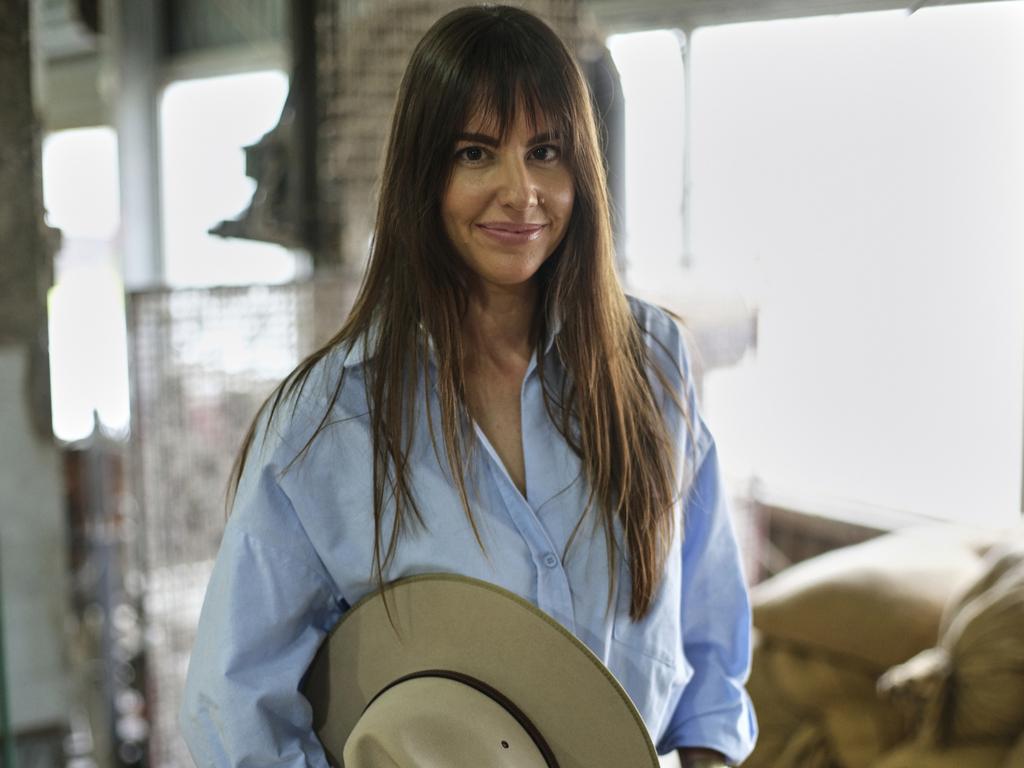
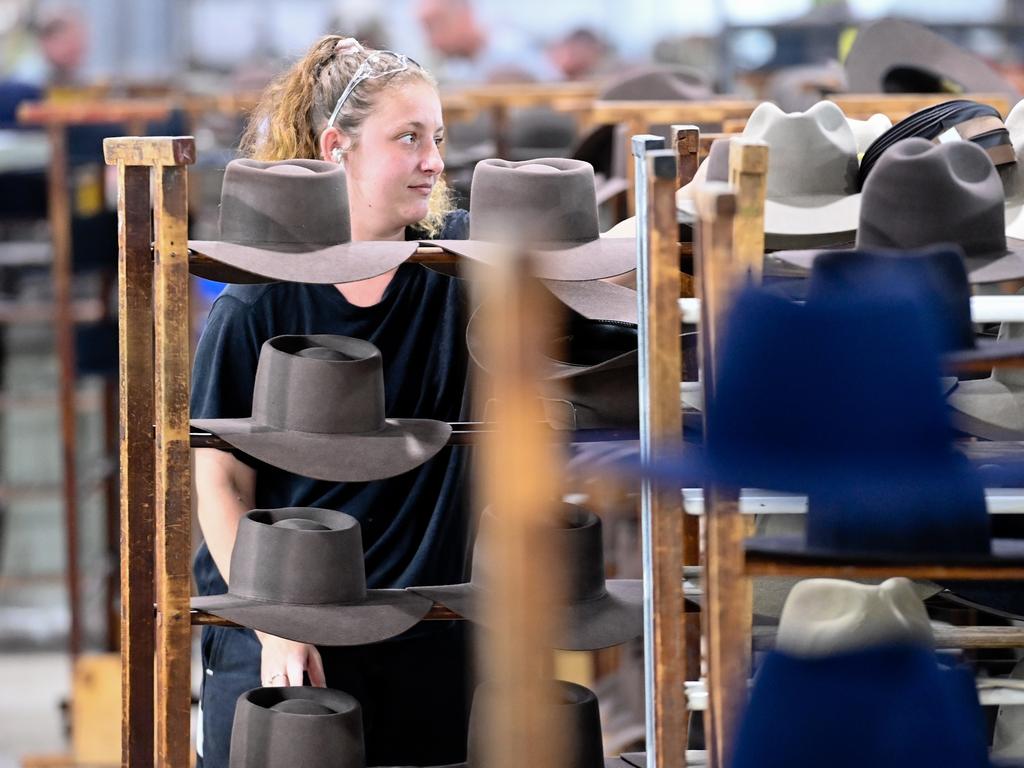
“The operation runs on a four-day week production cycle so we’re very busy and at present, as everyone’s aware, we cannot make enough hats in terms of the demand coming through.
“Our main ambition is to really invest in Kempsey and grow production over the coming years so that we can get more Australians wearing Akubra hats.
“Our market is mainly the domestic market at present. We are starting to also receive some interest from international companies too, such as the US and UK and all throughout Europe.”
Ms Culina puts the firm’s success down to the resilience and hard work of the Keir family and their workers over generations, as well as the company’s focus on quality craftsmanship and longevity, which she described as “the antithesis of fast fashion”.
“An Akubra hat is something that is purchased and passed on through generations,” she said. “Our hats are designed to be passed through generations and many pairs of hands.
“For us, it’s all about the longevity of the product, which makes it so distinct and unique, and we will continue to honour that longevity in the way that our products are made.”
Ms Culina said the Albanese government needed to focus on investing in recruitment and skilled labour in order to preserve the future of Australian brands and save them from being forced to manufacture offshore.
“I think recruitment is an important mechanism that’s required, acknowledging various trades to be formal trades,” she said.
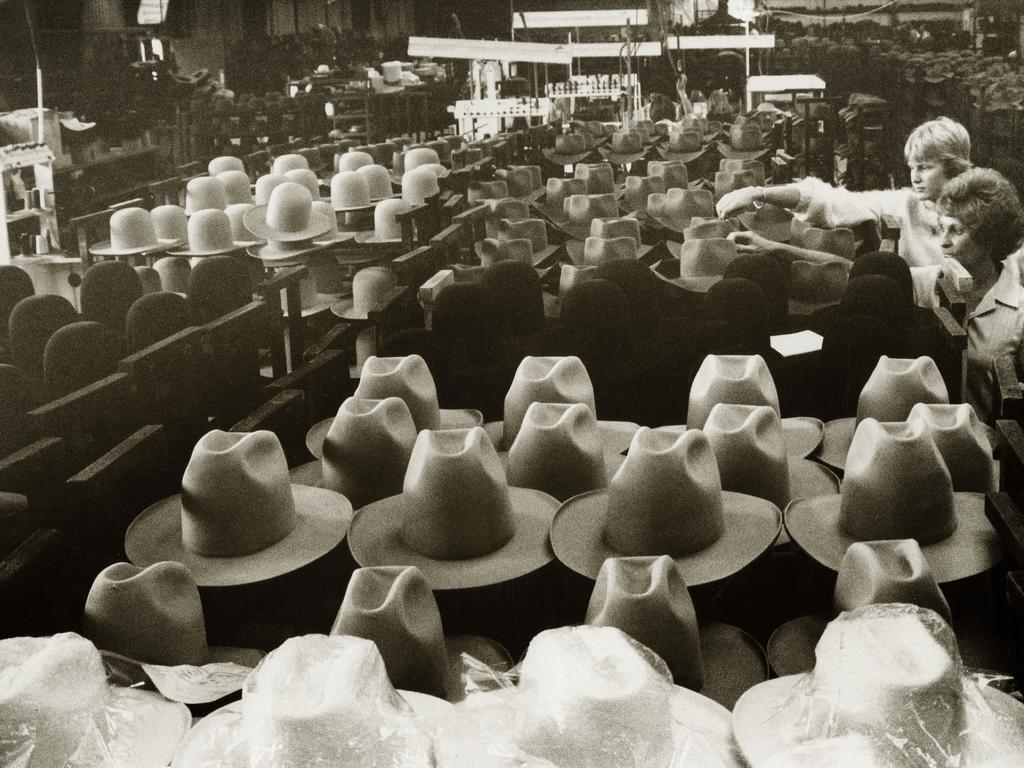
“Hat making is a very distinct craft that requires many years of training. The Akubra hat undergoes 162 steps in the process and passes through 60 pairs of hands, and that is really what is most important, I believe, from a government perspective is to maintain the support in investing in skilled labour and trade and formal training and acknowledging that it’s a formal trade.”
Entrepreneur Dick Smith, who has long been a passionate advocate for Australian-made and owned products, said Akubra’s 50-year milestone was “remarkable”.
“I class Australian manufacturers as an endangered species,” he said. “We don’t have many of them left and it’s incredibly important we have them because it means the profits and the wealth creation stay in Australia.
“And that’s important for our children and grandchildren that we retain wealth because just about all of the famous brands which created wealth in the olden days have been sold off overseas.
“When the famous brands go, Arnotts biscuits is a good example, it was owned by the famous Arnott family and they fought to try and keep it in Australia ownership but, in the end, this American company took it over and ever since Arnott’s have made a fortune and all the profit has gone to America.”
Describing Dr Forrest as “a good Australian”, Mr Smith said it was a challenging time for Australian businesses as “people want to buy the cheapest, particularly in times of rising costs”.
“You have to get typical Australians, especially ones who are wealthy, to support Australian manufacturing because it will be a little bit more expensive,” he said.
To mark its 50 years in Kempsey, Akubra is releasing a limited-edition collection of 200 heritage hats, honouring one of the brand’s most famous wearers, country music legend Slim Dusty.

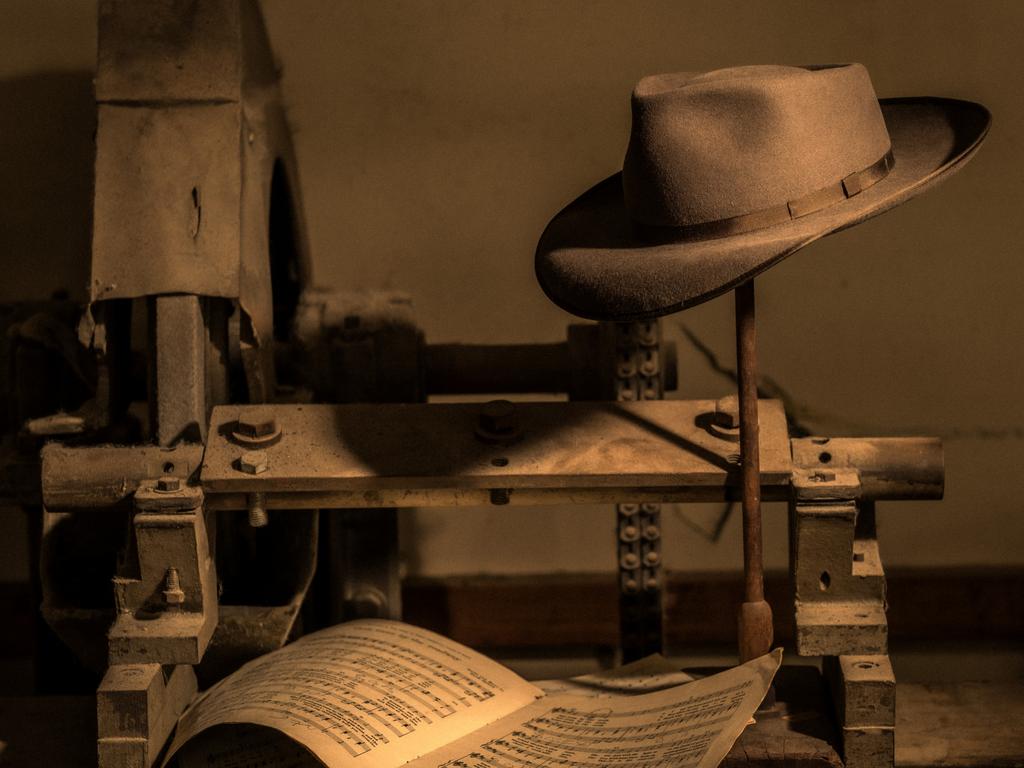
Each hat is also accompanied by a hand-signed note from the beloved singer’s daughter, Anne Kirkpatrick, who recalled how her father was rarely without his Akubra and would use his hands to soften and shape it into his own unique style.
“He wore it everywhere, it was part of him … he used to order a dozen at a time,” she said.
“I am very proud that my Dad always wore an Akubra and supported Australian products as Akubra is doing because we’ve got so much to celebrate here in Australia.
“We see how successful Akubra is globally now, we see Akubras all around the world and its homegrown.”
Dr Forrest said he remained committed to preserving the process, knowledge and spirit of Akubra developed over many generations.
“We will continue to make Akubras the traditional way, handmade in Australia, with a manufacturing process that passes through dozens of pairs of hands.”
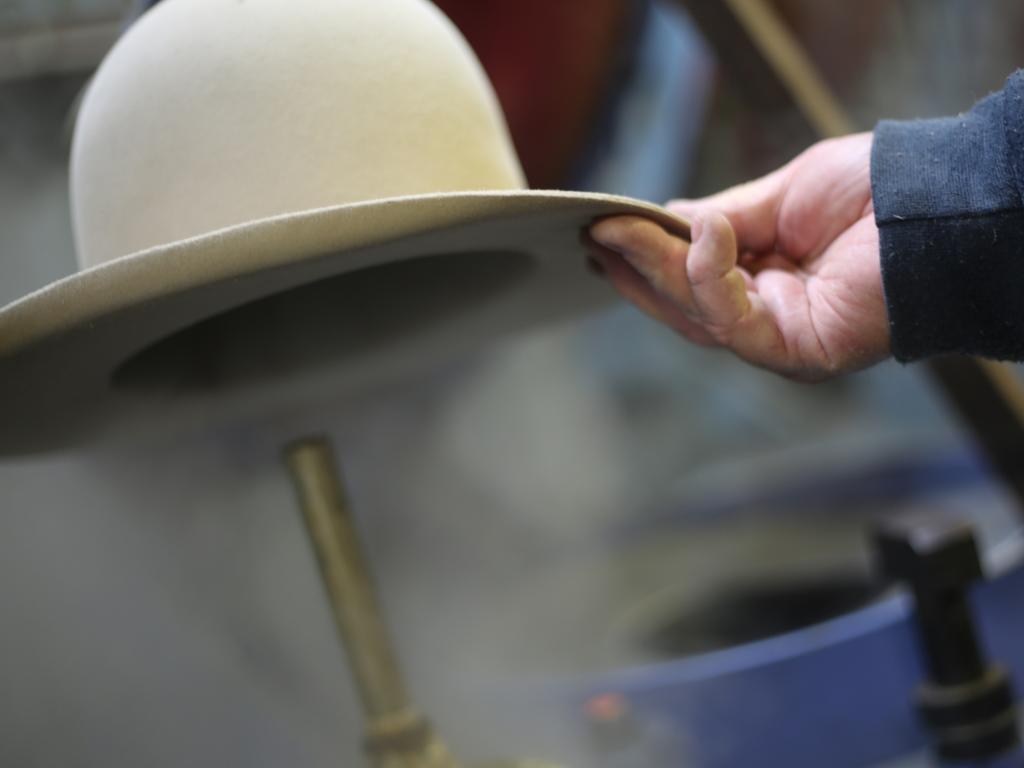
Nicola Forrest said their company Tattarang was investing in future career pathways in Australian craftsmanship.
“Companies like Akubra are the backbone of regional communities and we are committed to creating employment and training opportunities, and doing our part to help support vibrant
regions,” she said.
Ben Lazzaro, chief executive of Australian Made, said Australian brands were loved the world over.
“It’s fantastic to see Australian manufacturing continuing to be strongly supported,” he said.
“Australian products are known to be made to some of the highest standards in the world and are trusted for their quality, Akubra has consistently displayed a commitment to manufacturing locally, and should be proud of that fact.”
More Coverage
Originally published as Why Aussies can still take their hats off to Akubra









